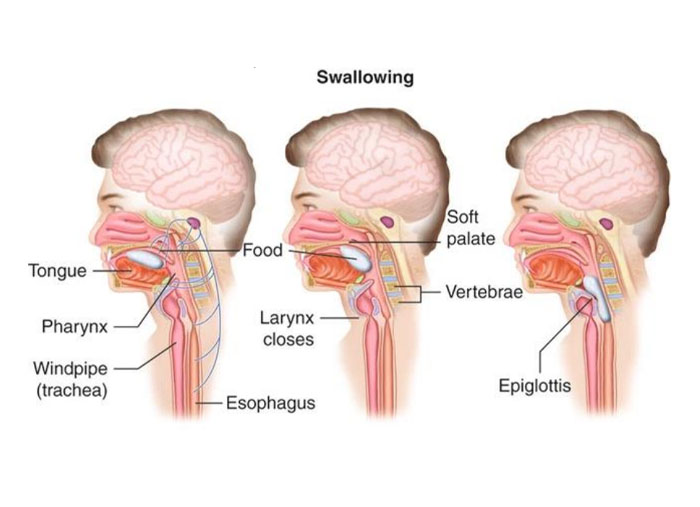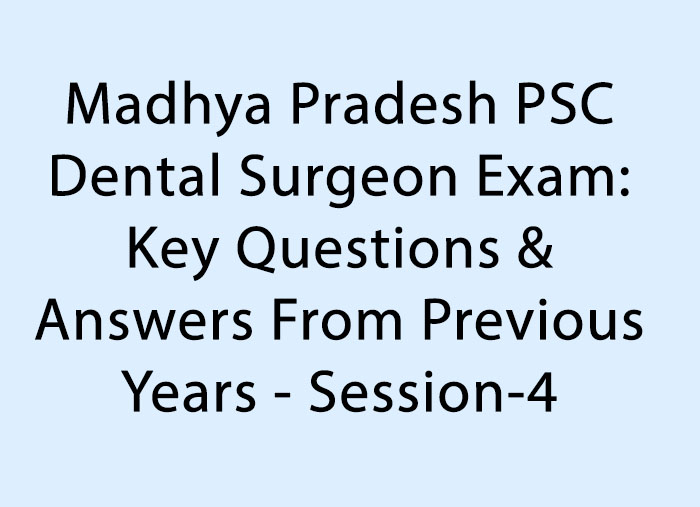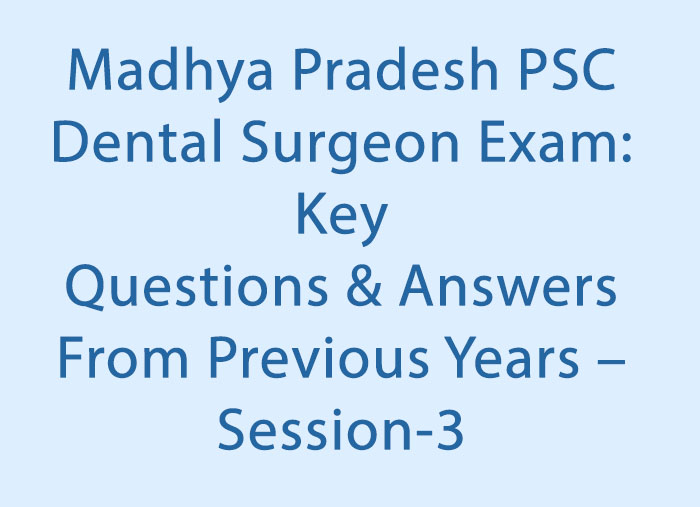Is the process by which food is passed into the stomach from the oral cavity.
The process of swallowing involves preparatory phase, oral phase, pharyngeal phase and oesophageal phase.
Food is made into a mass called bolus and thus the formed bolus is pushed towards the oesophagus and into the stomach in the process of deglutition.
PHASES OF SWALLOWING
Swallowing can be divided into preparatory, oral (buckle), pharyngeal and oesophageal phases.
| Preparatory Phase |
- Formation of food bolus occurs during this phase.
- Food bolus is a round or oval-shaped mass of food formed in the mouth after thorough chewing.
- The food bolus is formed as a preparatory event for swallowing
|
| Oral Phase (Buccal Phase) |
- Once the bolus is positioned on the tongue dorsum, the oral phase begins.
- The lips close and the maxillary and mandible incisors come closer together.
- The anterior two-third of the tongue elevate against the maxillary alveolar ridge and the anterior hard palate, propelling the bolus towards the pharynx.
- The nasopharynx is shut off by the upward movement of the soft palate and the forward movement of the posterior pharyngeal wall to prevent regurgitation of food through the nose.
- This is a voluntary phase and respiration is stopped for a while in this phase
|
| Pharyngeal Phase |
- At the beginning of the pharyngeal phase, the posterior part of the tongue makes a rapid piston like movement to propel the bolus through the oropharynx into the hypopharynx.
- The pharyngeal constrictors move upwards and forwards and begin propelling the bolus through the pharynx by sequential contractions.
- The upper oesophageal sphincter opens, and the bolus enters the oesophagus.
- During the pharyngeal phase, the laryngeal vestibule closes because of the movement of the epiglottis.
- The epiglottis first moves from an upright to a horizontal position because of the elevation of the hyoid bone and larynx and the contraction of the thyrohyoid muscles.
- Further muscle contraction causes the tip of the epiglottis to rotate over the laryngeal vestibule.
- Tthe epiglottis does direct the bolus into the piriform sinuses and, therefore, around the opening of the airway into the oesophagus
|
| Oesophageal Phase |
- After the food is placed in the upper end of oesophagus, the upper oesophageal sphincter contracts, causing peristaltic contractions (wave-like movements) that can send the bolus to the stomach with the help of gravity.
- The lower oesophageal sphincter opens to allow the bolus into the stomach.
|







